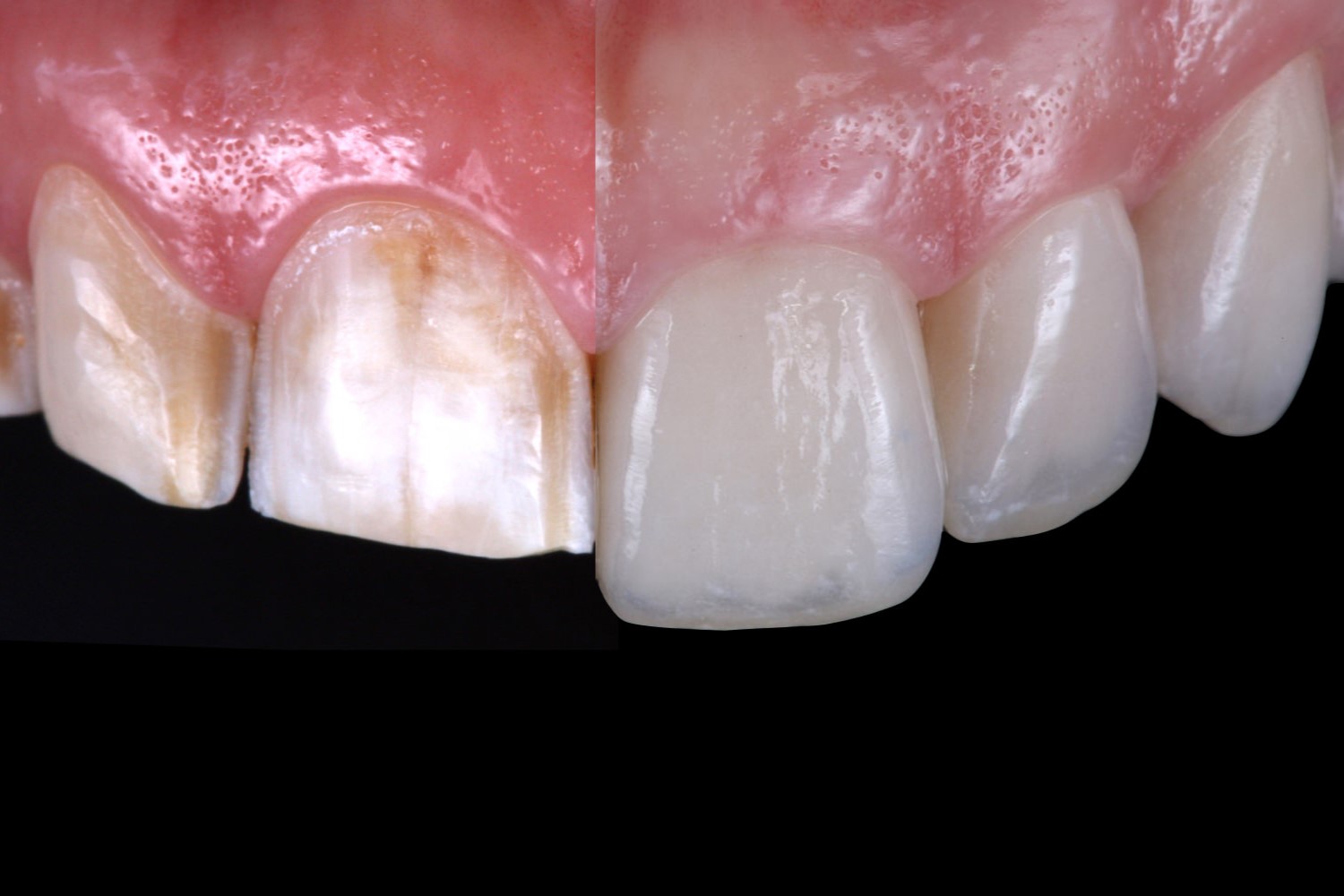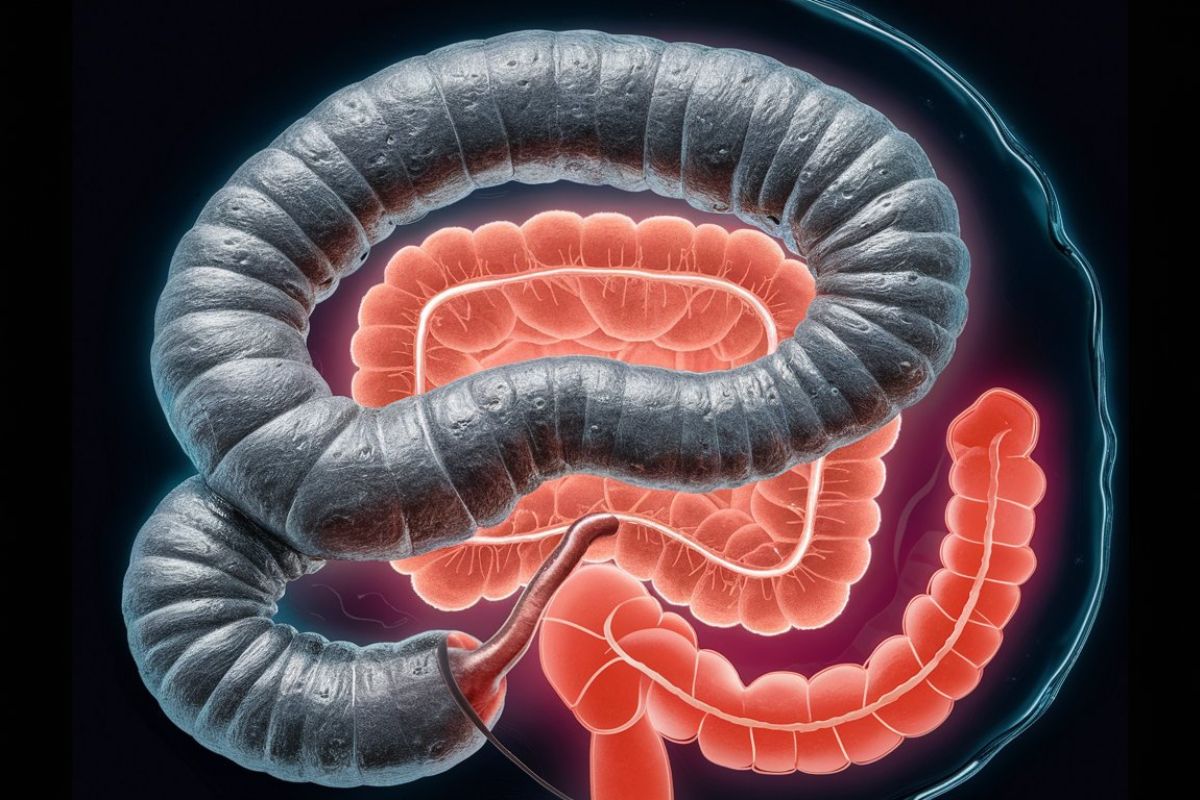
Amelogenesis is the process of forming tooth enamel, the hardest substance in the human body. This fascinating biological event begins even before birth and continues through early childhood. Did you know that enamel is 96% mineral? That’s why it’s incredibly strong yet can’t repair itself once damaged. Enamel formation involves specialized cells called ameloblasts, which lay down enamel in a highly organized manner. Ever wondered why your teeth are so tough? It’s all thanks to amelogenesis. This process not only gives teeth their strength but also their unique shape and color. Understanding amelogenesis can help you appreciate the complexity and resilience of your teeth.
What is Amelogenesis?
Amelogenesis is the process by which enamel, the hard outer layer of teeth, is formed. This complex biological process involves several stages and specialized cells. Understanding amelogenesis helps in comprehending dental health and diseases.
- Enamel Formation: Enamel is the hardest substance in the human body, even harder than bones.
- Ameloblasts: Specialized cells called ameloblasts are responsible for enamel production.
- Stages of Amelogenesis: The process occurs in two main stages: the secretory stage and the maturation stage.
- Hydroxyapatite Crystals: Enamel is primarily composed of hydroxyapatite crystals, which provide its hardness.
- No Regeneration: Unlike other tissues, enamel cannot regenerate once it is damaged or lost.
The Secretory Stage
During the secretory stage, ameloblasts secrete enamel proteins that form the initial enamel matrix. This stage is crucial for the proper formation of enamel.
- Enamel Matrix: The initial enamel matrix is composed of proteins like amelogenin, enamelin, and ameloblastin.
- Amelogenin: Amelogenin is the most abundant protein in the enamel matrix, playing a key role in enamel formation.
- Enamelin: Enamelin helps in the growth and organization of enamel crystals.
- Ameloblastin: Ameloblastin supports the adhesion of ameloblasts to the enamel matrix.
- Mineralization: The enamel matrix begins to mineralize even during the secretory stage.
The Maturation Stage
In the maturation stage, the enamel matrix undergoes further mineralization, and the proteins are removed, making the enamel hard and durable.
- Protein Removal: Enzymes break down and remove the enamel proteins, allowing for more mineral deposition.
- Increased Hardness: The removal of proteins and addition of minerals increase the hardness of enamel.
- Final Mineralization: The enamel becomes fully mineralized, reaching its final hardness.
- Ameloblasts' Role: Ameloblasts continue to regulate the mineralization process until the enamel is fully mature.
- Fluoride Incorporation: Fluoride can be incorporated into the enamel during this stage, enhancing its resistance to decay.
Genetic Factors in Amelogenesis
Genetics play a significant role in amelogenesis, influencing the quality and quantity of enamel produced.
- Gene Mutations: Mutations in genes like AMELX, ENAM, and MMP20 can lead to enamel defects.
- Amelogenesis Imperfecta: A genetic condition called amelogenesis imperfecta results in abnormal enamel formation.
- Hereditary Patterns: Amelogenesis imperfecta can be inherited in an autosomal dominant, autosomal recessive, or X-linked manner.
- Gene Expression: The expression of specific genes regulates the activity of ameloblasts during enamel formation.
- Epigenetic Factors: Environmental factors can influence gene expression, affecting amelogenesis.
Environmental Influences on Amelogenesis
Various environmental factors can impact amelogenesis, leading to enamel defects or abnormalities.
- Fluorosis: Excessive fluoride intake during enamel formation can cause dental fluorosis, characterized by mottled enamel.
- Nutritional Deficiencies: Deficiencies in vitamins and minerals like calcium and vitamin D can affect enamel quality.
- Medications: Certain medications, such as tetracycline antibiotics, can interfere with enamel formation.
- Infections: Infections during tooth development can lead to enamel hypoplasia, a condition where enamel is thin or missing.
- Trauma: Physical trauma to developing teeth can disrupt amelogenesis, resulting in enamel defects.
Final Thoughts on Amelogenesis
Amelogenesis, the process of enamel formation, is a fascinating journey from cells to the hardest substance in the human body. Understanding this process helps us appreciate the complexity behind our smiles. From the role of ameloblasts to the importance of minerals like calcium and phosphate, each step is crucial. Genetic factors can influence enamel development, leading to conditions like amelogenesis imperfecta. Proper oral hygiene and nutrition play significant roles in maintaining enamel health. Fluoride treatments and dental sealants can offer additional protection. By knowing these facts, we can better care for our teeth and make informed decisions about dental treatments. So next time you flash a smile, remember the incredible process that made it possible. Keep brushing, flossing, and visiting your dentist regularly to ensure your enamel stays strong and healthy.
Was this page helpful?
Our commitment to delivering trustworthy and engaging content is at the heart of what we do. Each fact on our site is contributed by real users like you, bringing a wealth of diverse insights and information. To ensure the highest standards of accuracy and reliability, our dedicated editors meticulously review each submission. This process guarantees that the facts we share are not only fascinating but also credible. Trust in our commitment to quality and authenticity as you explore and learn with us.


